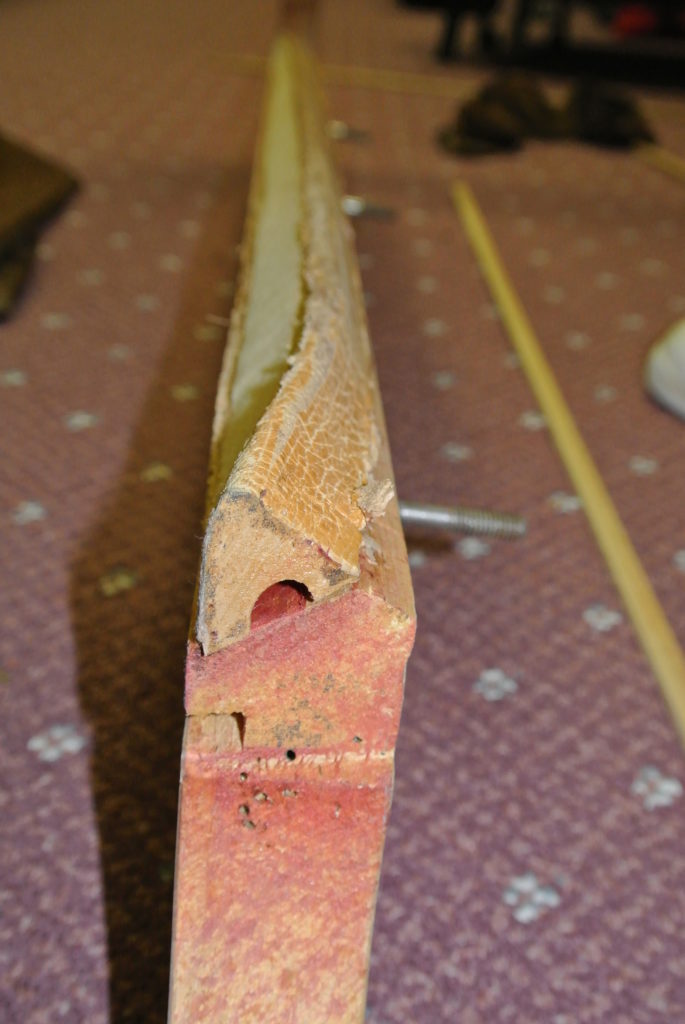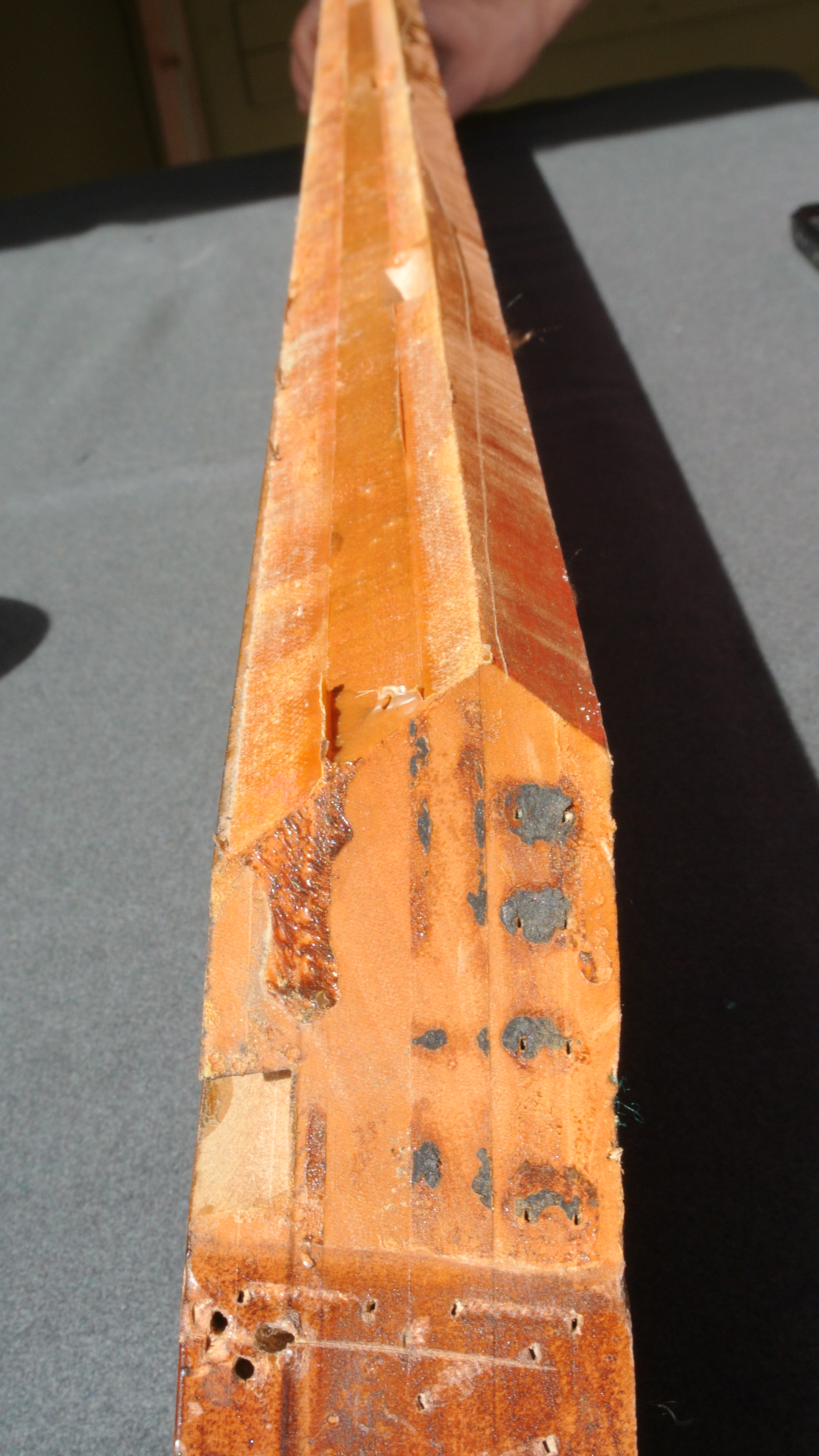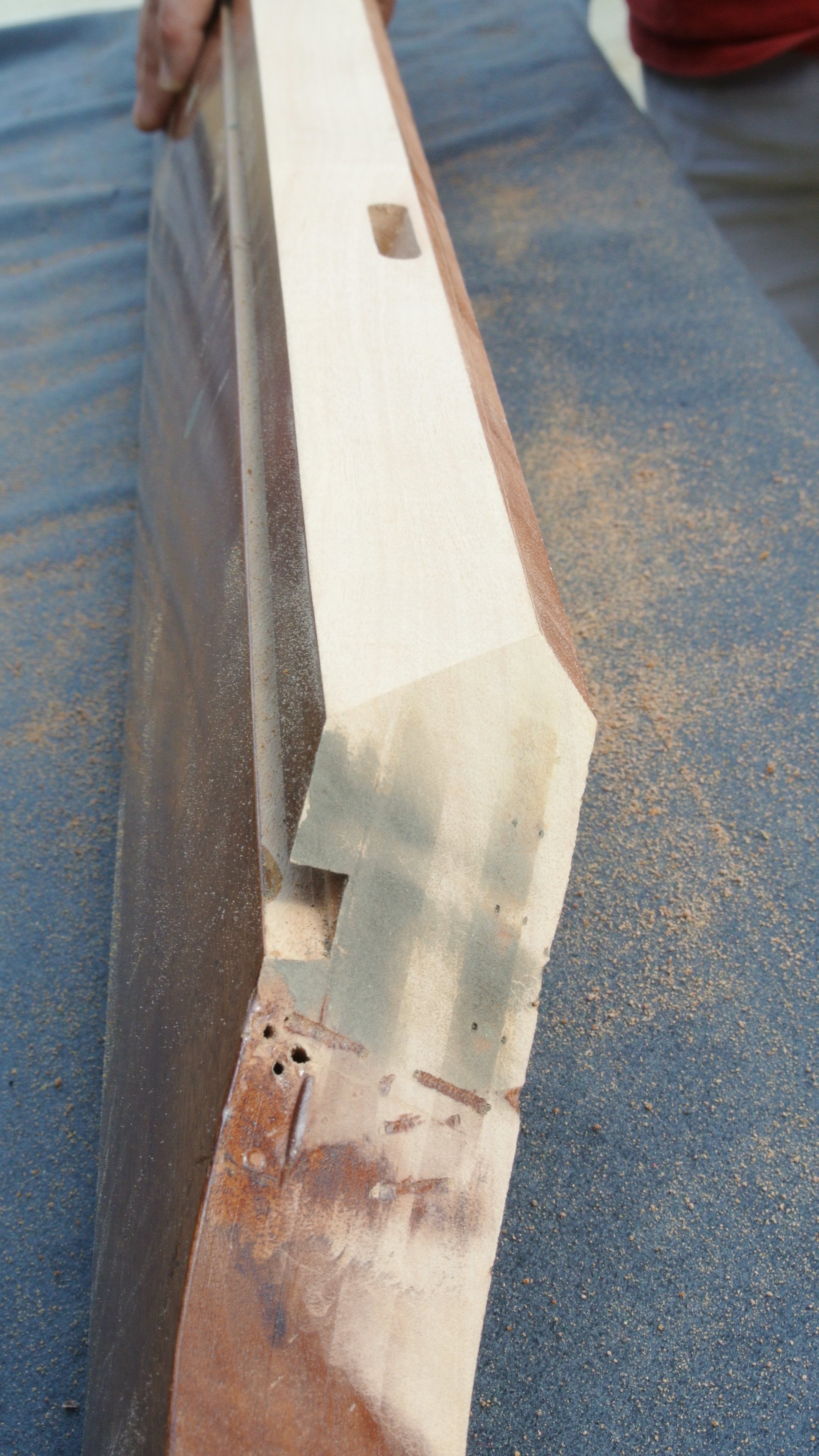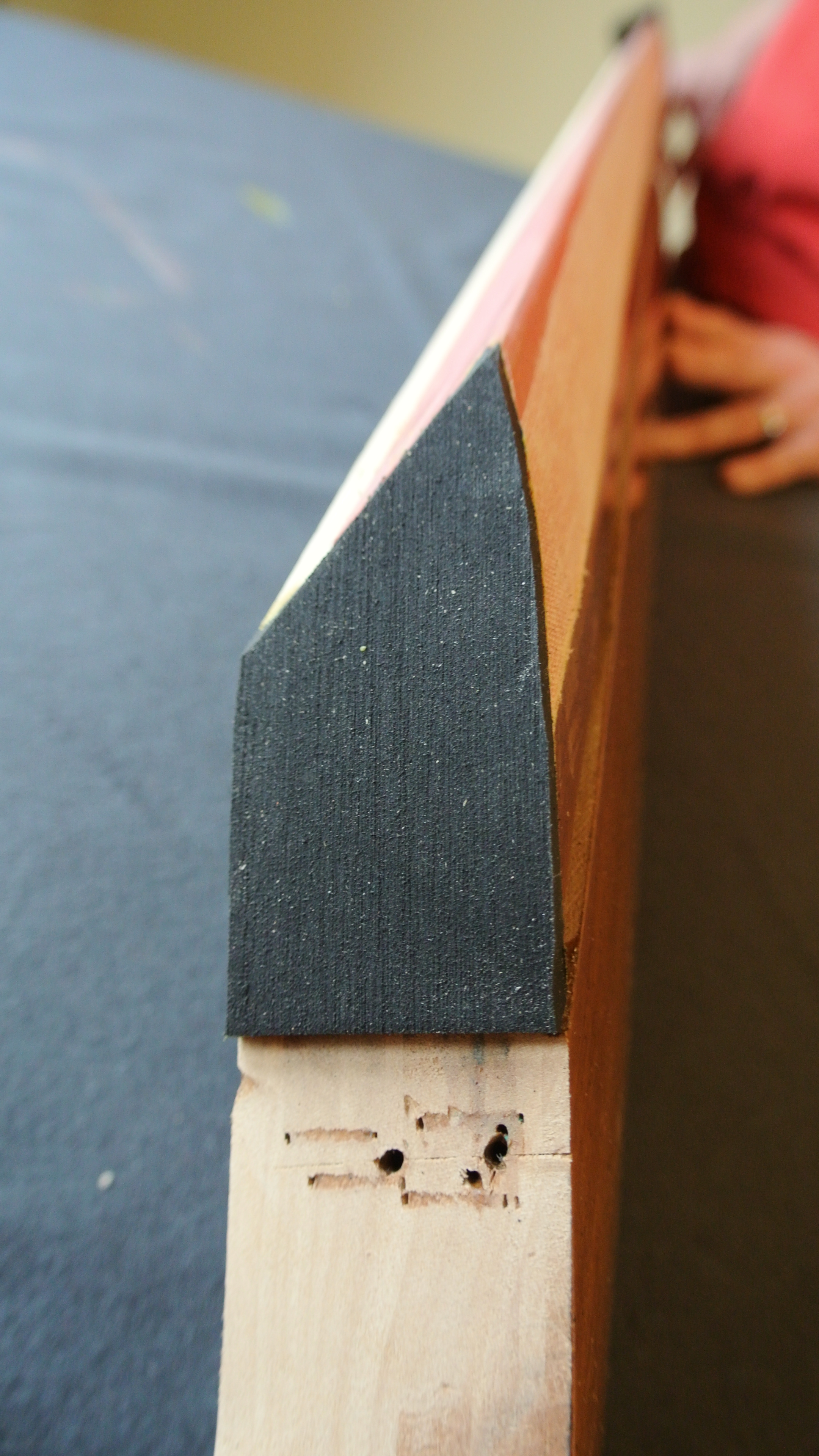Atlanta Pool Table Recushioning and Recushioning Professionals
What are pool table cushions, cushions, or rubbers?
There are several different names for pool table cushions. They can often be called cushions, cushions, and rubbers. Here we will be using the term ‘cushions’.
One of the most important aspects of your pool table is the cushions. Pool table cushions are covered by felt and located on the playing surface side of the pool table’s wooden rails. The cushions rebound the balls while maintaining their kinetic energy. Rail cushions are made from vulcanized rubber. Vulcanization is to harden rubber by combining it with sulfur or other substances in the presence of heat and pressure. Vulcanization gives rubber strength, resistance, and elasticity. In its natural state, rubber is sticky, but tends to not hold its shape when it warms, or becomes brittle when it gets cold. Commonly used vulcanized rubber products also include: hockey pucks, shoes soles and tires.
When installed properly the distance from the nose of the cushion to the covered slate surface is 1 7⁄16″ while using a regulation 2¼” ball set. The profile of the rail cushion, which is the cushion’s angle in relation to the bed of the table, varies between table types.
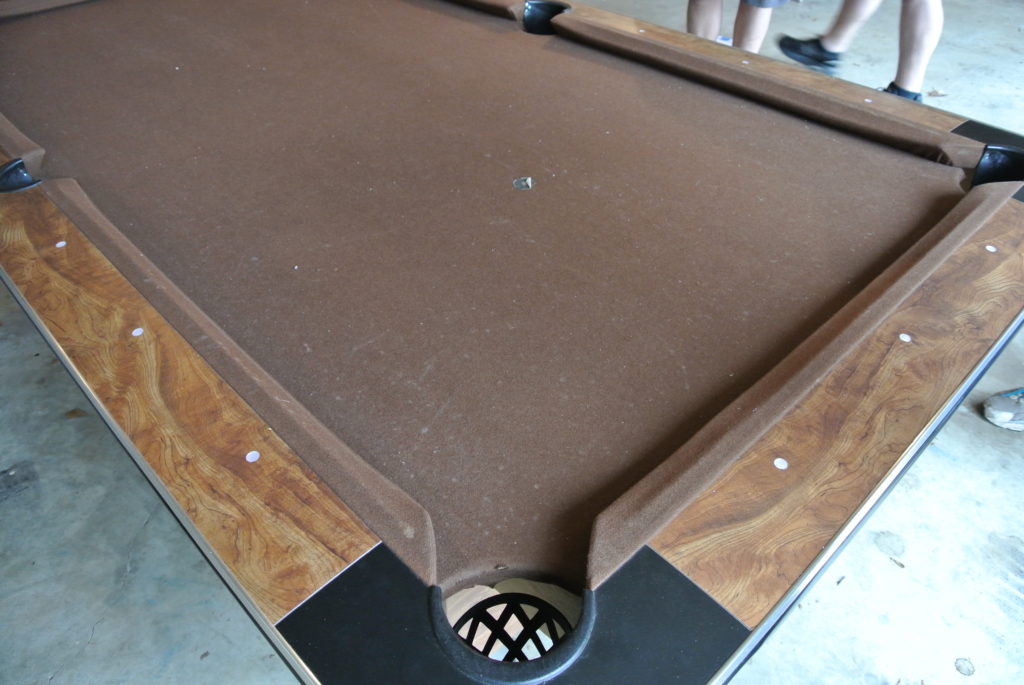
MELTED cushionS ON A TABLE THAT WAS STORED IN AN ATTIC
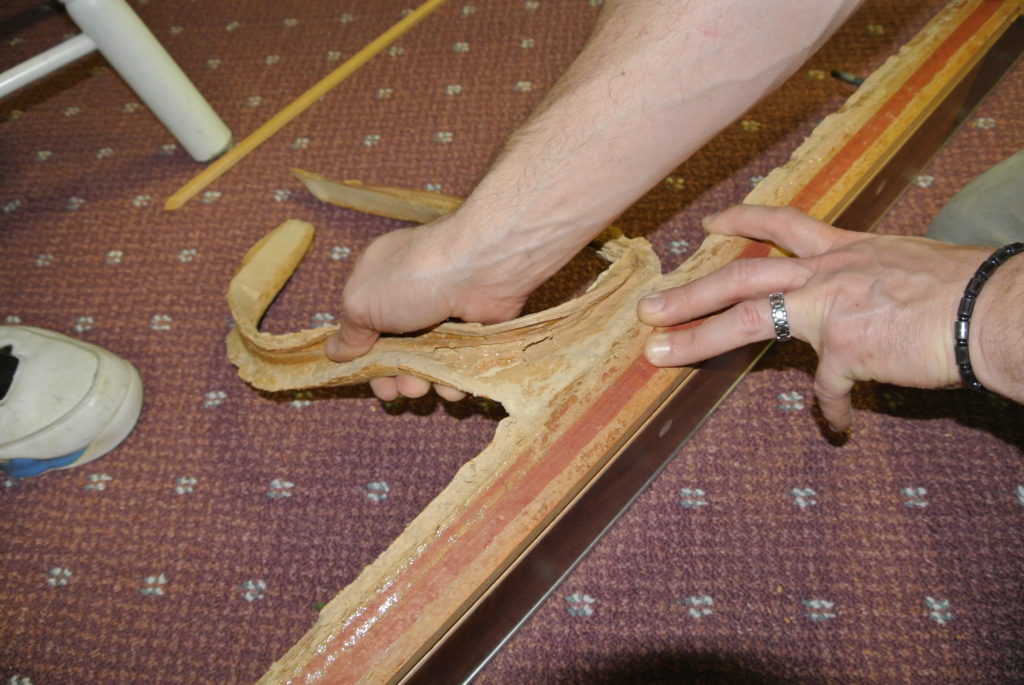
When your pool table’s cushions have hardened, the pool table will not play correctly. You may notice that the balls lose their momentum after bouncing off the rail. You may also notice a deadened thump sound when they strike the cushion. You can test your cushions by walking around your table and pressing into the cushions every two inches on the tip. You should feel a little bit of give when you press in. If they have hardened, it will feel like you are pressing into wood. It is possible for the cushion to be good in one area and bad in another. It’s also possible for one cushion on one rail to be good, and another cushion on another rail to be bad. If one is starting to harden, the others are soon to follow assuming the cushions were all replaced at the same time.
Once the cushions have hardened to the point that they feel like wood, they are a danger to your pool table felt. Playing on a table with hardened cushions strikes the balls against the cushions repeatedly, eventually wearing out the felt along the edge of the cushion. It’s only a matter of time before the felt is cut from being struck against such a hard surface over and over. In order to recushion or recushion your pool table, the felt on the rails has to be removed and can NOT be reused. The felt on the bed can be reused, but getting an exact color match when the felt is acquired from different fabric bolts (or different ages) can be very difficult.
Unlike other pool table installation and repair companies, we recushion our tables ONSITE. Most companies will take your rails away and return with the rail already felted and install them without you ever actually seeing your new cushions. We feel there’s a greater comfort in actually witnessing the work being done to your table. Your money wasn’t easily earned and certainly isn’t easily spent. We want you to know you’re getting what you paid for. You will be satisfied with the knowledge that every single cushion has been replaced and not just the ones that were bad.

